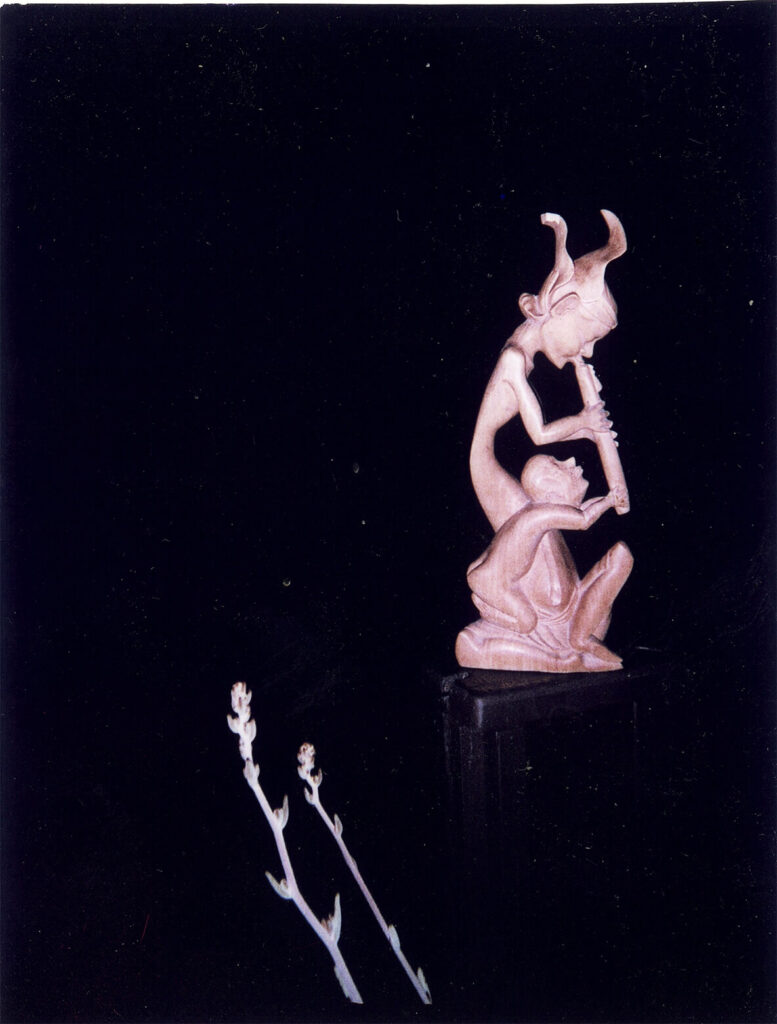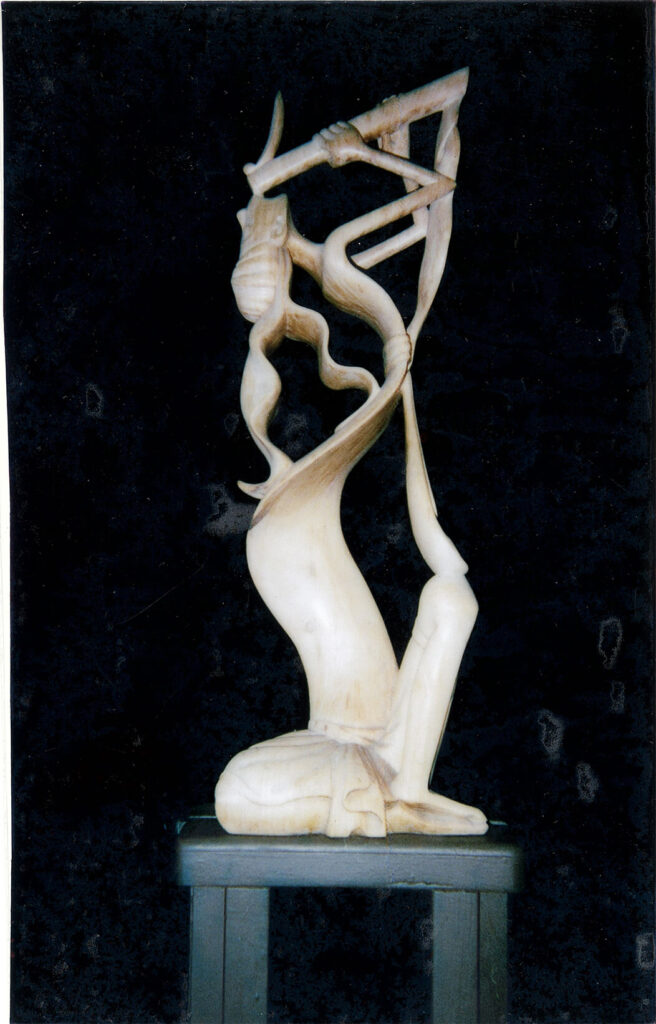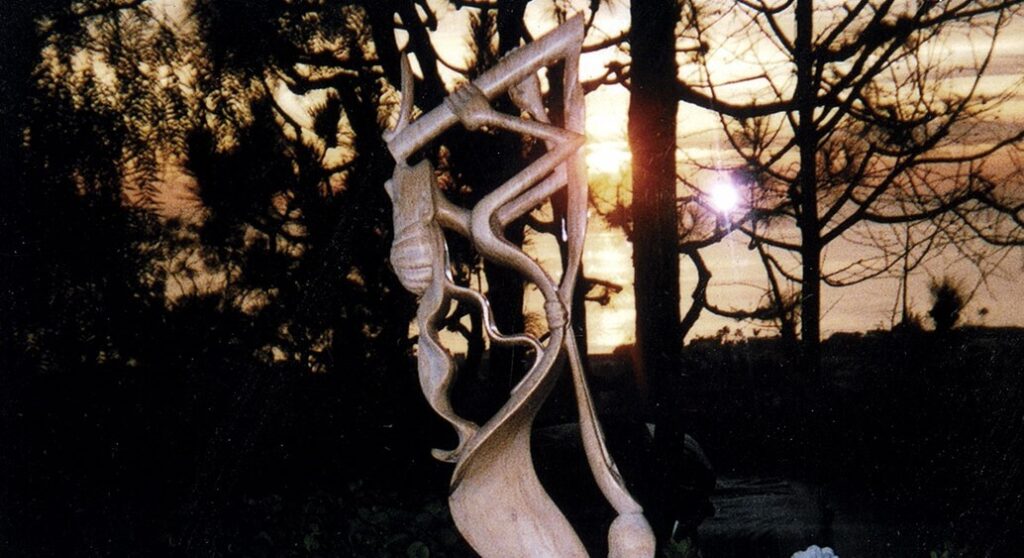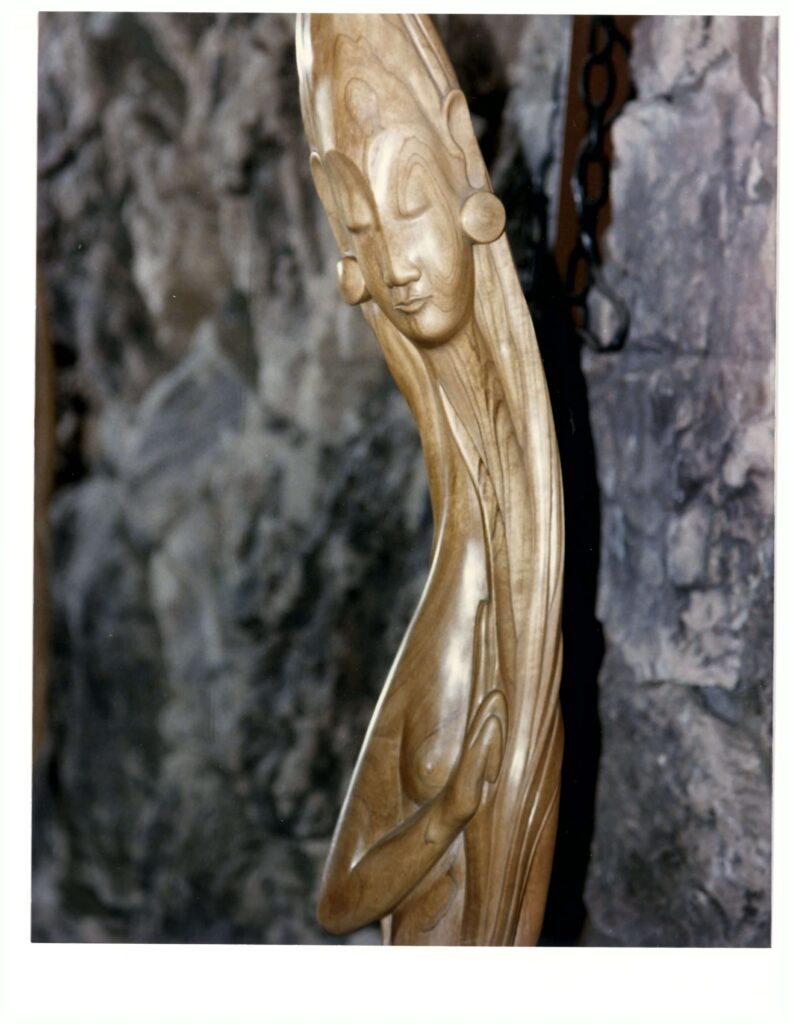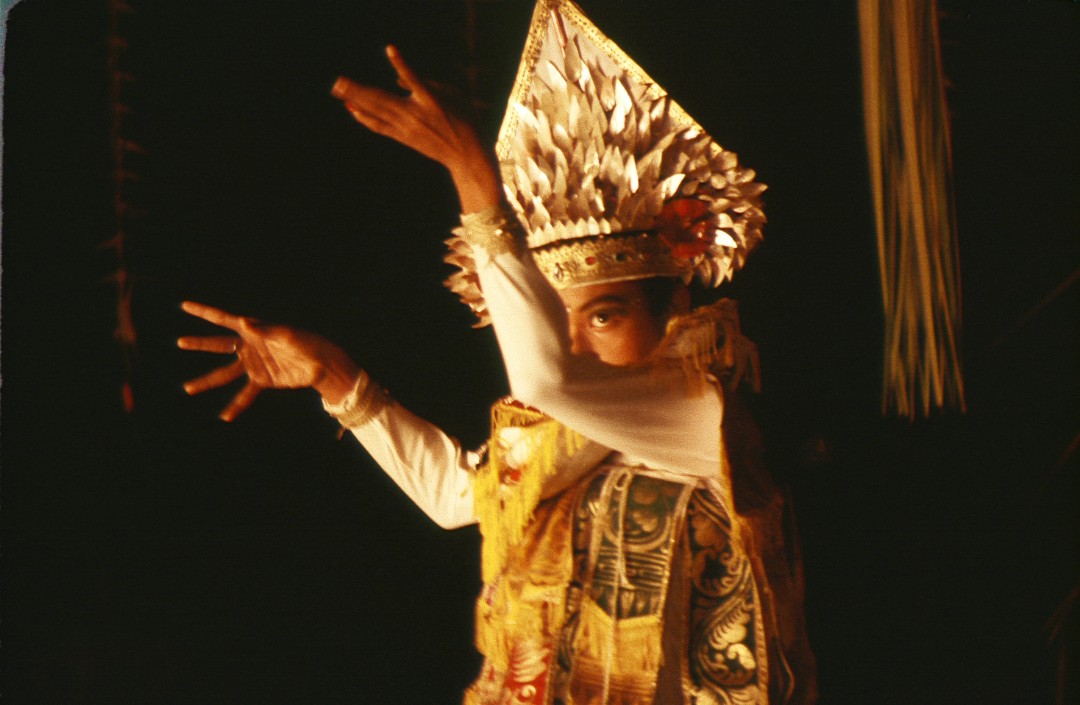
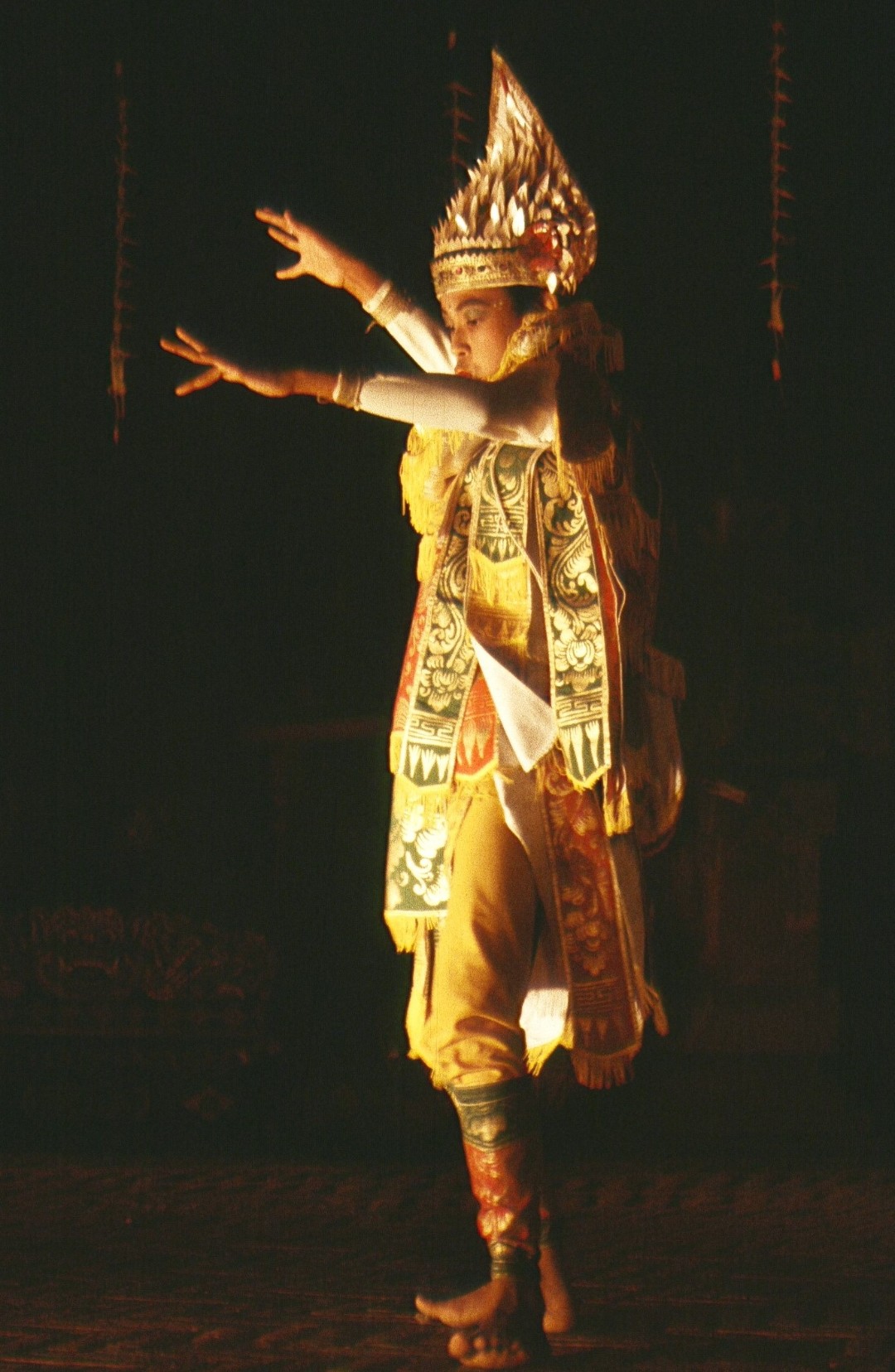
TOOTH FILING CEREMONY
The tooth filing ceremony is conducted at the beginning of puberty in which the six front teeth are filed down. This is done to symbolically rid the individual of six bad characteristics: laziness (sometimes translated as arrogance); anger, greed, desire, jealousy and confusion.
Below are some pics showing the main priest, individuals about to take part, and prayers and blessings in preparation for the ceremony.
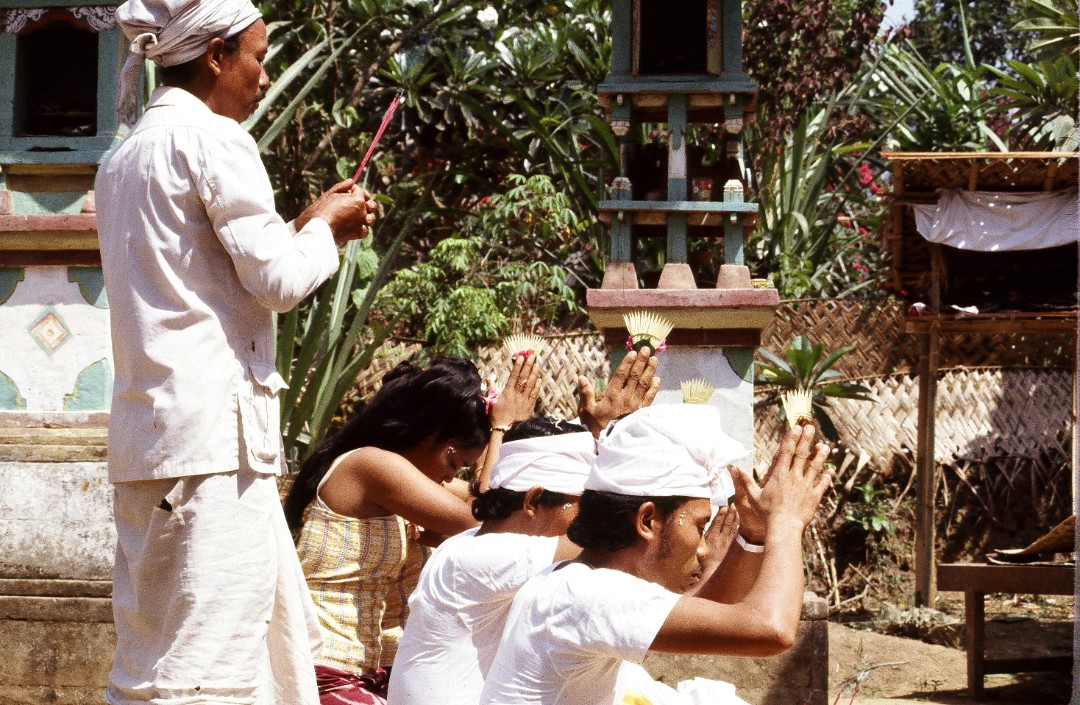

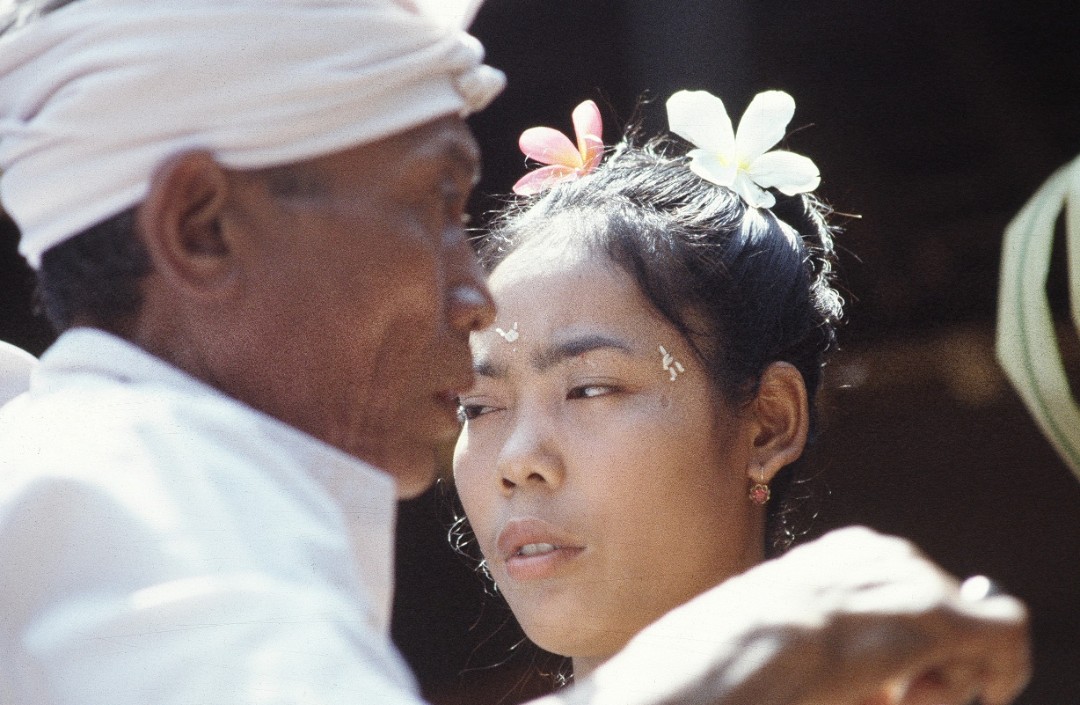
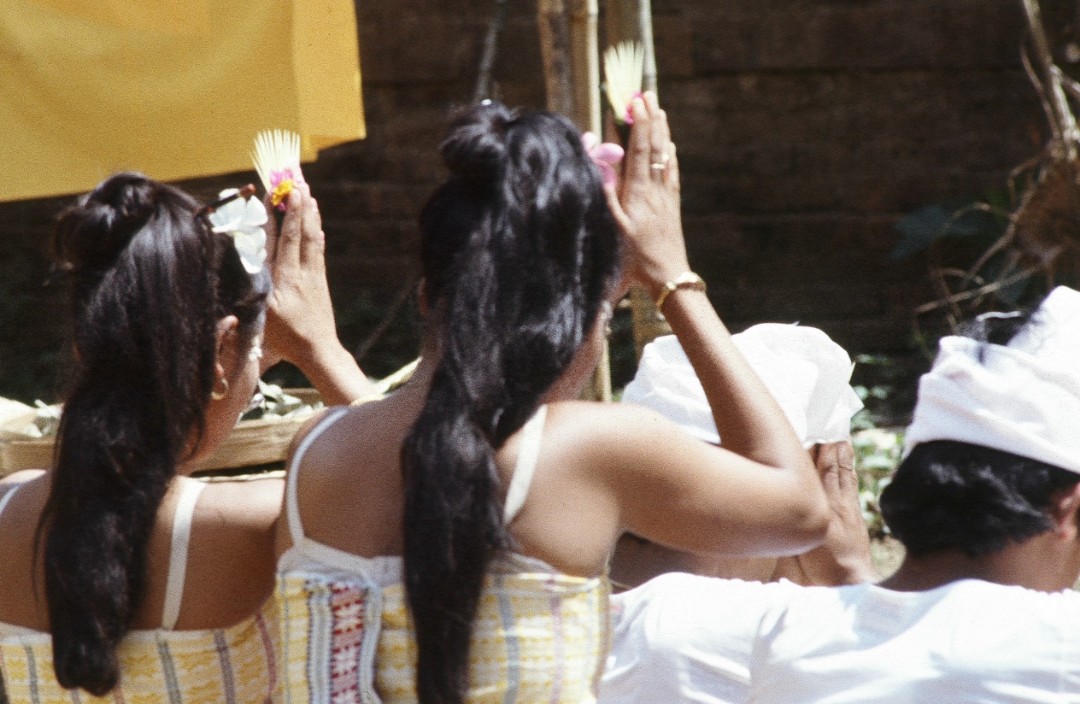
The Barong Dance
The Barong is a dance of good and evil acted out in all Balinese villages. Barong is a mythical lion, symbolizing good, who sides with humans to fight against the “dragon witch, Rangda. The battle between Rangda and Barong ends inconclusively, with no clear victor, representing the eternal struggle that exists between good and evil.
The dance takes place outdoors at a temple/theatre like setting. It begins with music from the gamelan (generic name for orchestra and music), consisting of chimes, drums, cymbals, and hammers.
Picture of two members of the Gamelan, the drummer, and one playing with wooden flute.

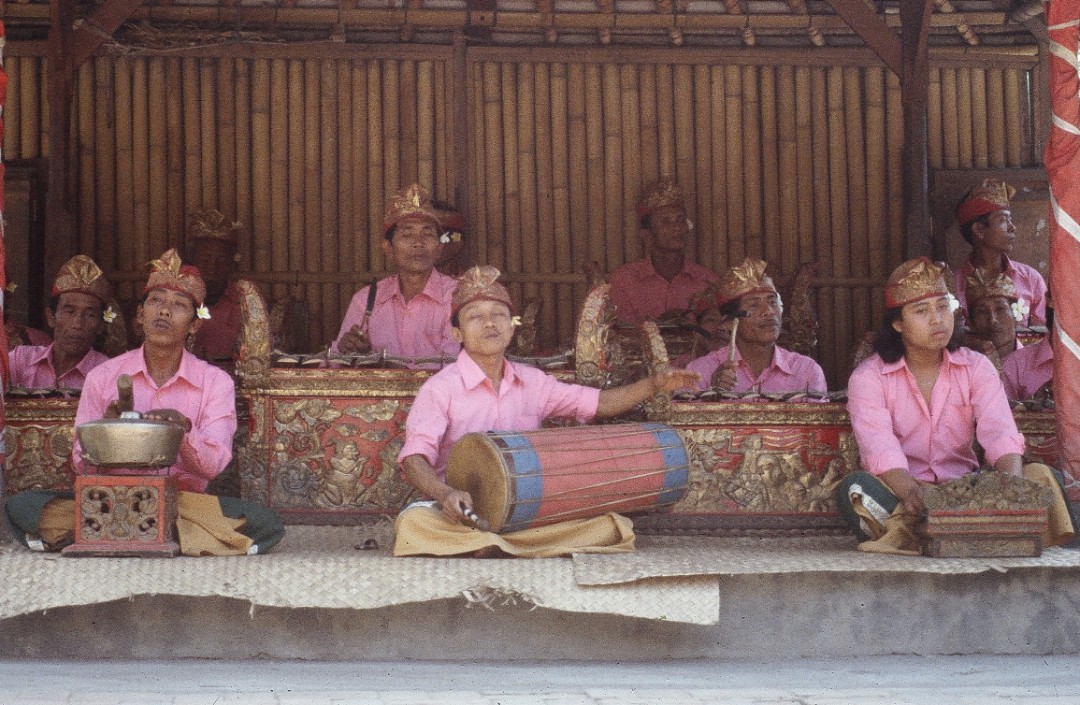
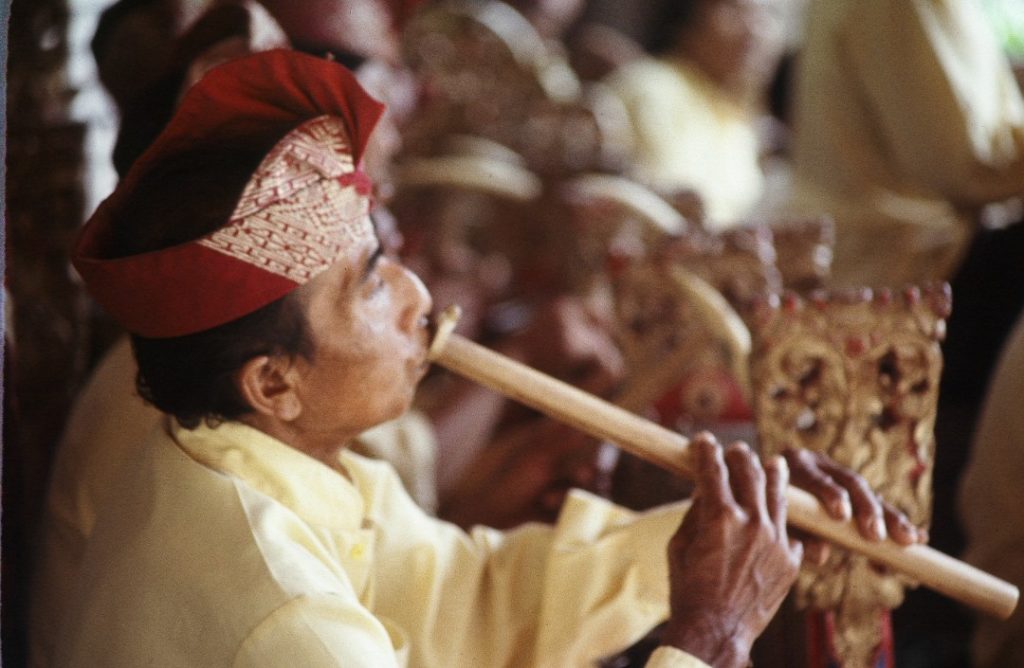
Then two women, representing the servants of Rangda enter and begin a dance. Note that the dancers have very fluid body, hand and eye movements.
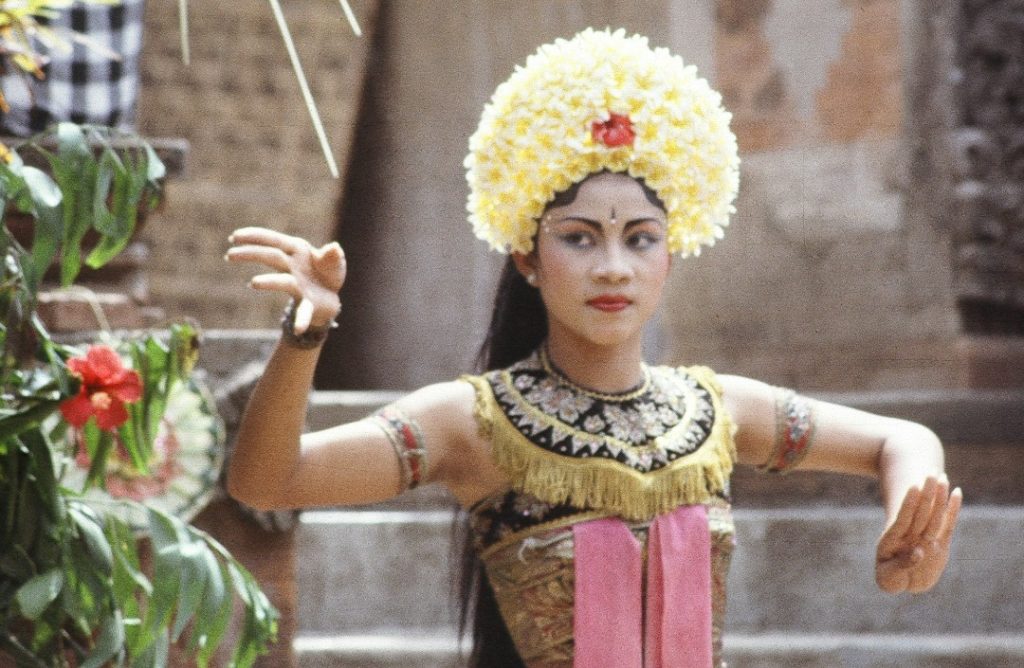

Barong and Rangda enter, the two protagonists in the Barong ceremony: Rangda, (foreground) is the personification of evil; Barong (behind) the personification of good.

The warriors draw their swords (kris) to attack Rangda. But Rangda puts a magic spell on the warriors, and causes them to turn their swords on themselves.


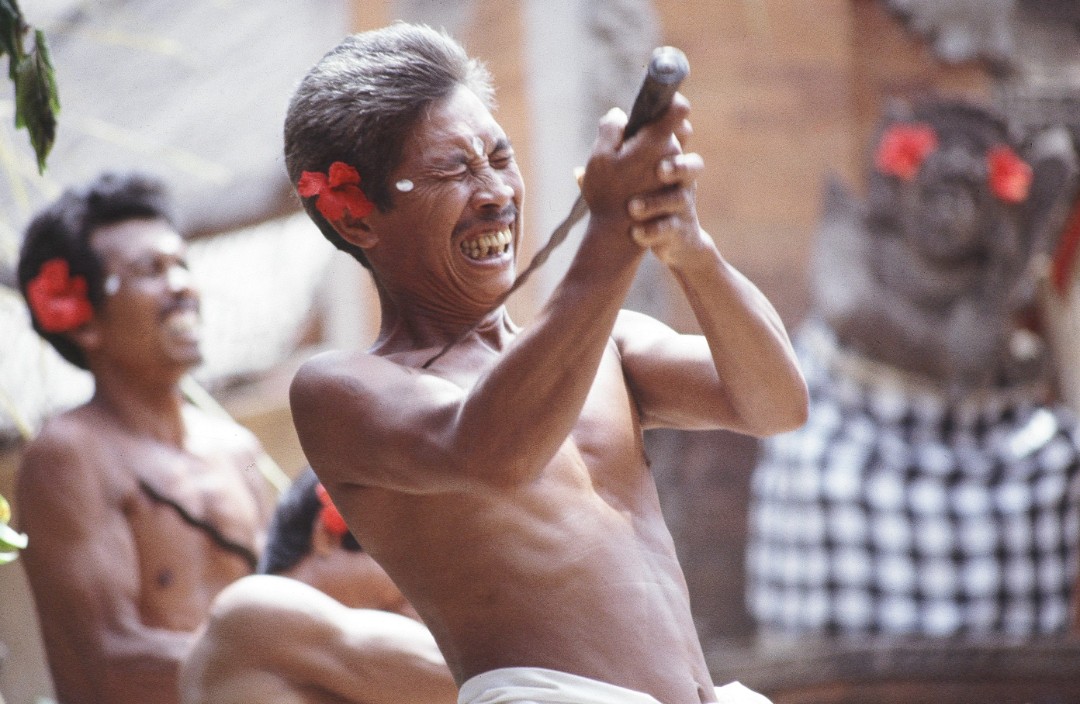

At the end of the dance, the priest comes out and sprinkles holy water on the self stabbing dancers to bring them out of their trance to keep them from hurting themselves. The ceremony ends with no clear victor–the eternal struggle (on one level) of good and evil.
(for more information, see http://controlresearch.net/additional-articles.html
A Sense of Control, Health, and Illness (PDF file) Shapiro, DH. Maintaining a Sense of Control in Addressing Perennial Issues of a Personal, Interpersonal, and Cosmic Nature: Reflections on Bali. International Journal of Psychosomatics,37,1990,1-4,40-49.
Self-Control and Other Control in Cross-Cultural Perspective: Balinese Trance and Religious Beliefs (PDF file) Shapiro, D.H. – ReVision: The Journal of Consciousness and Change., 1989, 12 (2), 33-46
Faces of Bali Across Generations


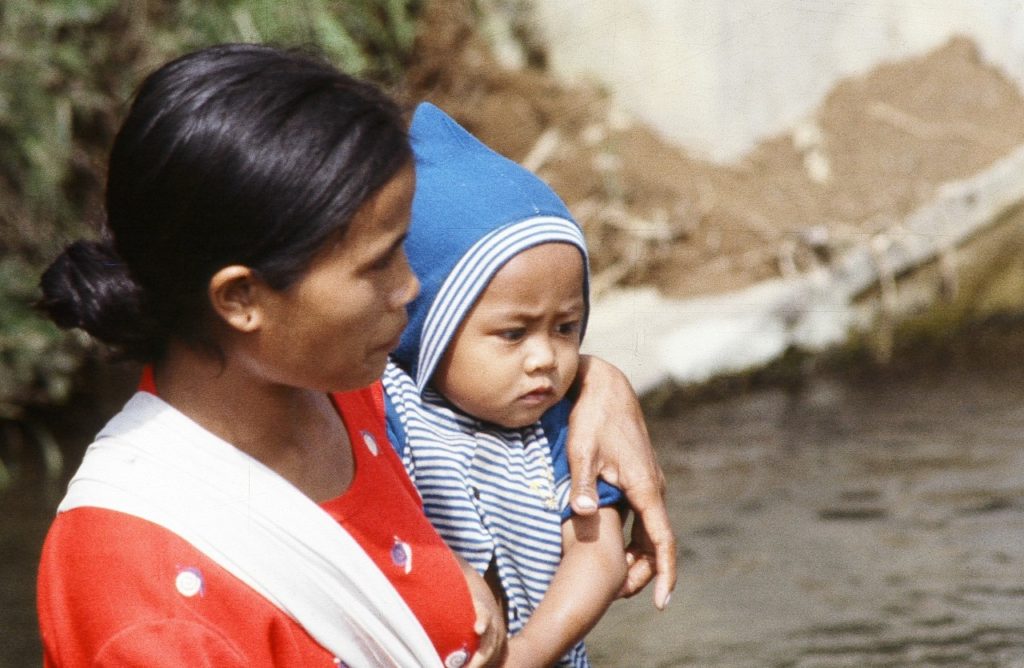
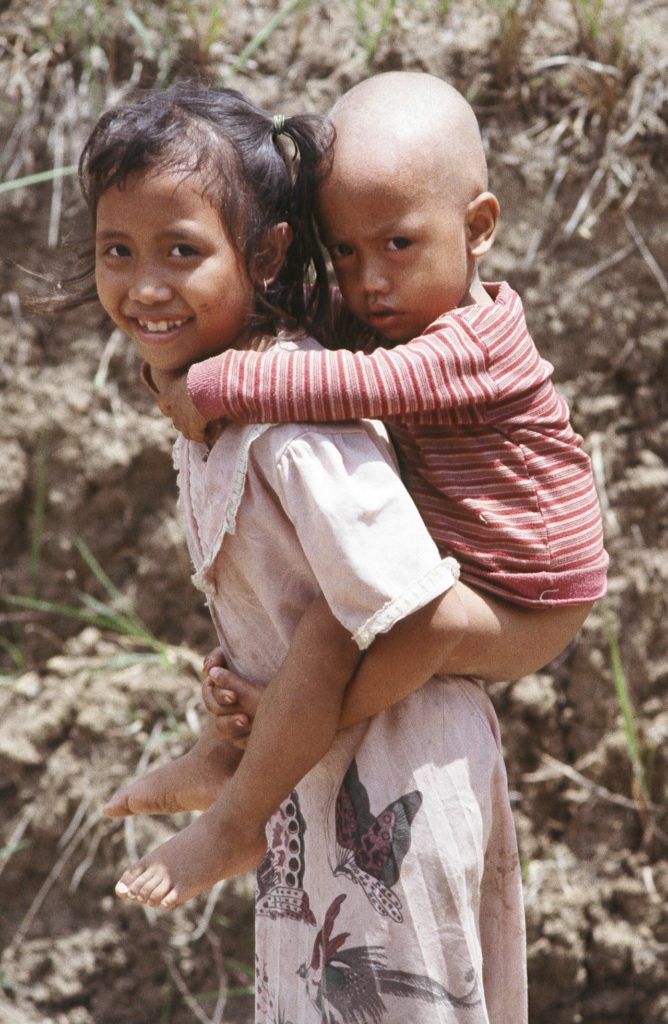
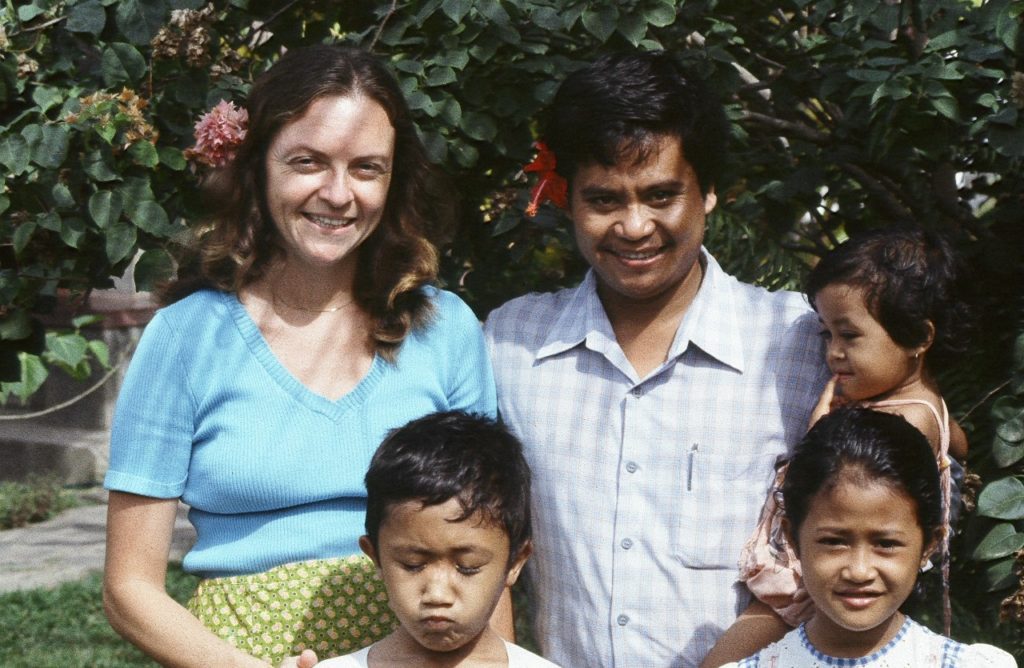




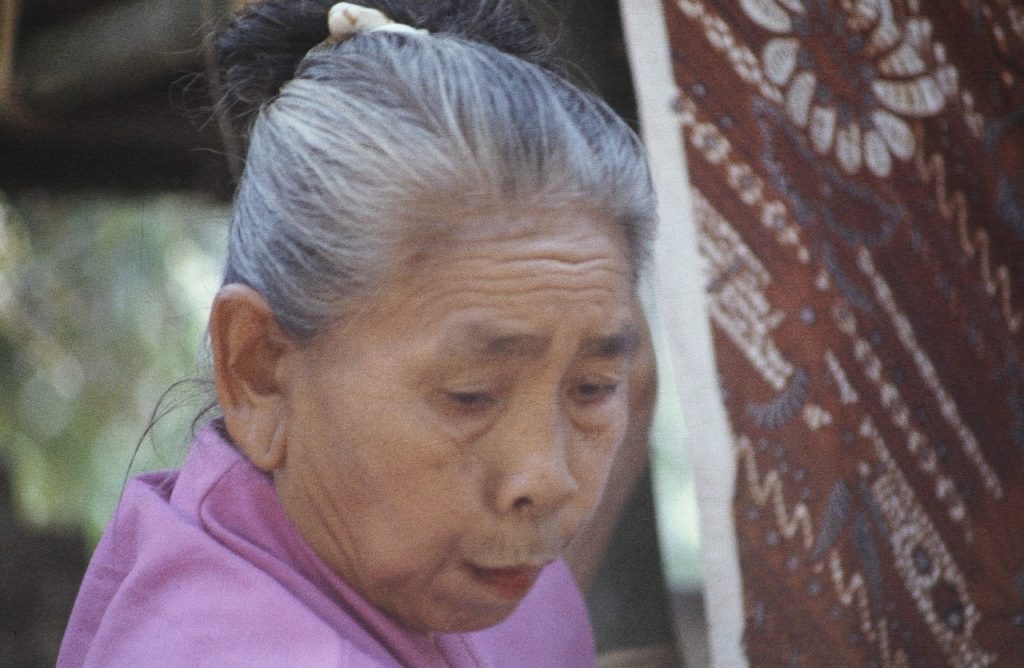

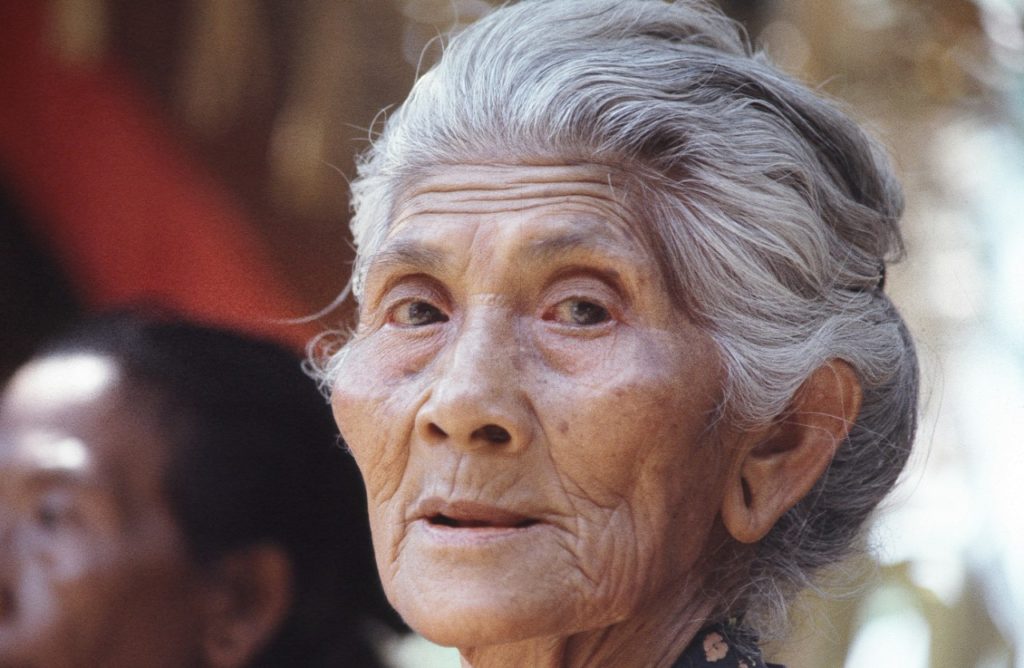



Bali Statues

Miscellaneous Bali Images
Woodcarving three generations
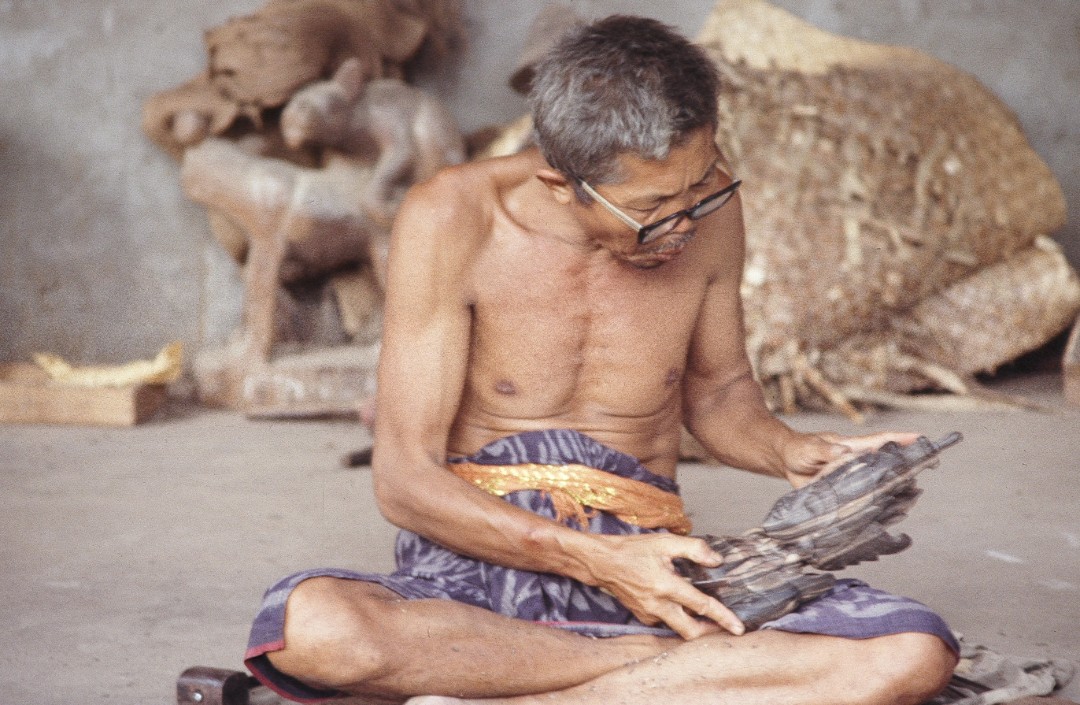



The Monkeys of Bali


